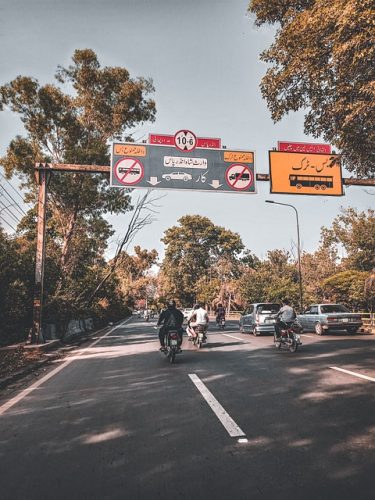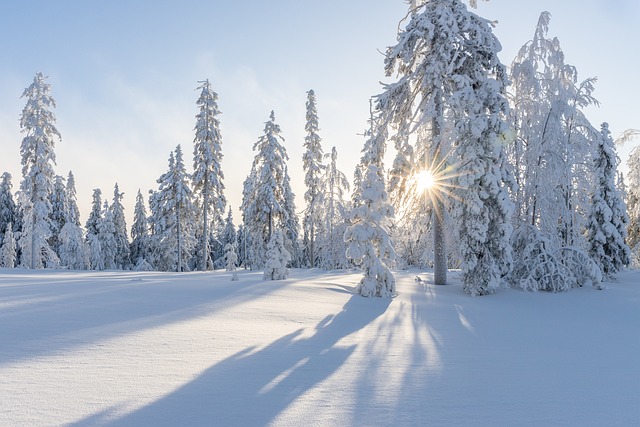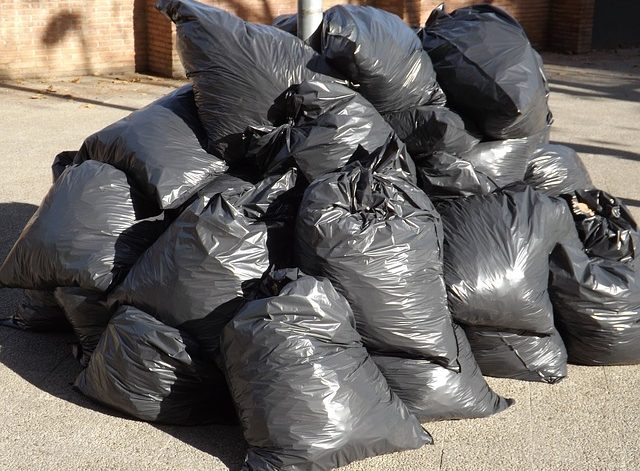Pakistan is one of the countries that is most vulnerable to the impacts of climate change. The country has already experienced changes in weather patterns, including hotter summers, longer heat waves, and shorter spring seasons. Lahore, the second-largest city in Pakistan, is a prime example of a city where the spring season has been lost over the years. There are several factors that contribute to this loss, including climate change, urbanization, and air pollution. Climate change is one of the most significant environmental issues facing the world today. Human activities, such as burning fossil fuels and deforestation, have led to an increase in greenhouse gas emissions, which trap heat in the atmosphere and cause the Earth’s temperature to rise. As a result, the timing and duration of seasons have been affected, with some areas experiencing shorter spring seasons, earlier onset of summer, and longer heat waves.
(You might also want to read: Effect of Climate Change on Punjab Province of Pakistan)
In Lahore, the average temperature has been increasing over the years, and this has led to an earlier onset of summer and a shorter spring season. According to the Pakistan Meteorological Department, the average temperature in Lahore has increased by 0.6°C over the past few decades, and this trend is expected to continue. The rise in temperature has affected the growth and blooming of plants and trees, which are crucial components of the spring season. With less greenery and blooms, the spring season in Lahore is not as vibrant as it used to be.
Urbanization is another factor that has contributed to the loss of the spring season in Lahore. Rapid urbanization and industrialization have led to an increase in air pollution levels, which can harm plant growth and blooming. Lahore is known for its high levels of air pollution, which can affect the growth and blooming of plants and trees. This can result in a shorter spring season, as trees and plants may not bloom fully or at all. Furthermore, urbanization can also lead to a decrease in green spaces and biodiversity, which can further impact the ecosystem’s health. As more land is developed for housing and industry, there is less room for plants and trees, and this can lead to a loss of habitats for birds, insects, and other animals that rely on them. Biodiversity loss can have significant ecological and economic consequences, including reduced pollination services, soil degradation, and decreased water quality.

(You might also like to read: Lahore Smog is Killing Us -Harmful Impacts of Smog On Humans)
To address the loss of the spring season in Lahore, there is a need for a multifaceted approach that involves reducing greenhouse gas emissions, promoting green spaces and biodiversity, and reducing air pollution levels. One way to reduce greenhouse gas emissions is to transition to cleaner forms of energy, such as solar or wind power. Additionally, reducing deforestation and promoting afforestation can help sequester carbon and reduce the amount of greenhouse gases in the atmosphere. Promoting green spaces and biodiversity is also crucial for preserving the spring season in Lahore. This can involve creating more parks and gardens, as well as protecting natural areas from development. These green spaces provide important habitats for plants and animals and can help mitigate the effects of air pollution.
(If you wish to learn more about Carbon Sequestration, read this article:What is Carbon Sequestration? – Techniques and Importance).
Reducing air pollution levels is another important step in preserving the spring season in Lahore. This can involve reducing emissions from industry and transportation, as well as promoting cleaner technologies. Additionally, promoting sustainable transportation options, such as biking and public transportation, can help reduce the number of vehicles on the road and, therefore, reduce air pollution levels.
In conclusion, the loss of the spring season in Lahore is a complex issue that requires a multifaceted approach to address. Climate change, urbanization, and air pollution are all significant factors that contribute to this loss, and addressing these issues will require significant efforts from policymakers, businesses, and individuals alike. By taking action to mitigate these issues, we can help preserve the natural beauty and health of Lahore’s ecosystem for future generations.
This article is written by: Mian Farzeen Umar.
He is the Director of Research at Lums Environmental Action Forum.
We hope you liked this post! Please comment below if you have any suggestions, comments or feedback! We at #envpk love hearing from readers! Thanks




